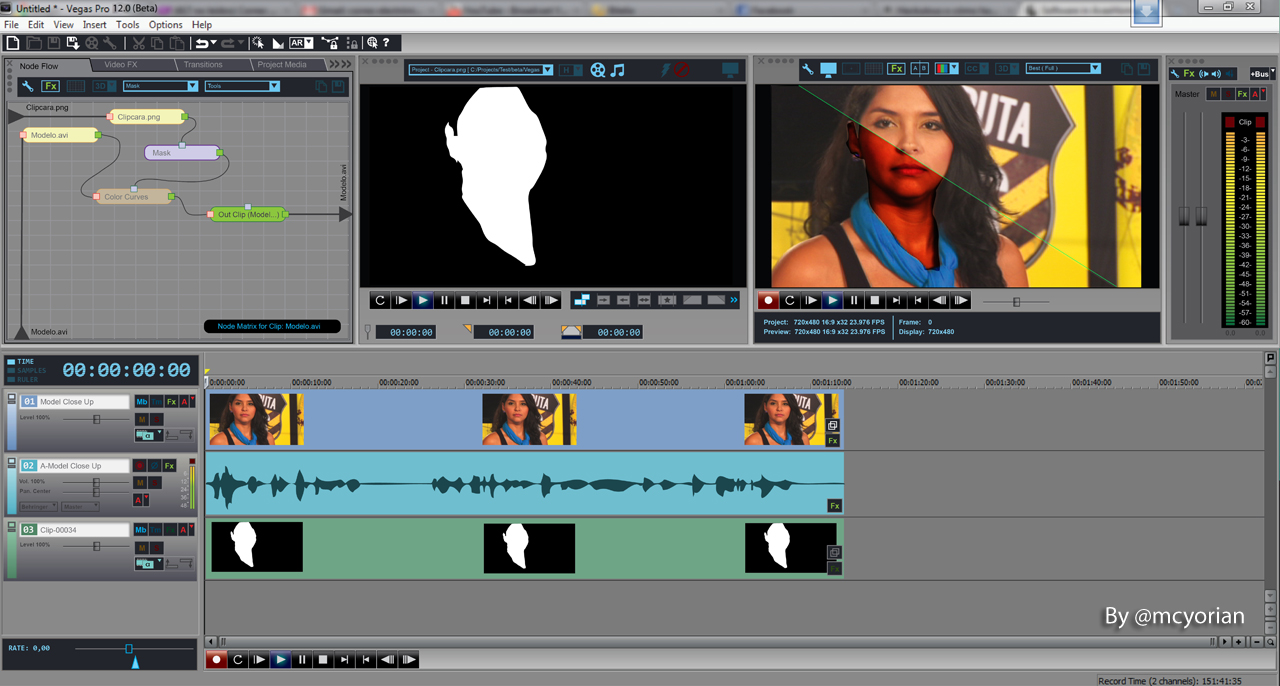

Let us know how this access is important for you. Many UC-authored scholarly publications are freely available on this site because of the UC's open access policies. CONCLUSIONS: Statements meeting appropriateness for average clinical care have been identified when utilising reflux monitoring in patients with typical reflux symptoms and PPI non-response.

In previously proven GERD, impedance-pH monitoring on PPI is helpful in defining refractory GERD and mechanisms of continued symptoms the presence of 4.0% and positive reflux-symptom association support escalation of anti-reflux treatment, including use of invasive therapeutics. Acid exposure time (AET) 6.0% across ≥2 days is conclusive evidence for GERD and supports treatment for GERD, while AET >10% across ≥2 days identifies severe acid burden that supports escalation of anti-reflux treatment. RESULTS: Prolonged (96-h recommended) wireless pH monitoring off proton pump inhibitor (PPI) was identified as the appropriate diagnostic tool to assess the need for acid suppression in patients with unproven gastro-oesophageal reflux disease (GERD) and persisting typical reflux symptoms despite once-daily PPI. Ambulatory reflux monitoring protocol, methodology and thresholds ranked as appropriate by ≥80% of panellists met the criteria for appropriateness. I cant install it anymore because I lost the manual (which contained the license key).

AIMS: To utilise published literature and expert opinion to develop recommendation statements addressing use of ambulatory reflux monitoring in clinical practice METHODS: The RAND Appropriateness Method (RAM) was utilised among 17 experts with discussion, revision and two rounds of ranking of recommendation statements. Even though, I never used it, it was detailed in the manual. BACKGROUND: Optimal ambulatory reflux monitoring methodology in symptomatic reflux patients continues to be debated.


 0 kommentar(er)
0 kommentar(er)
